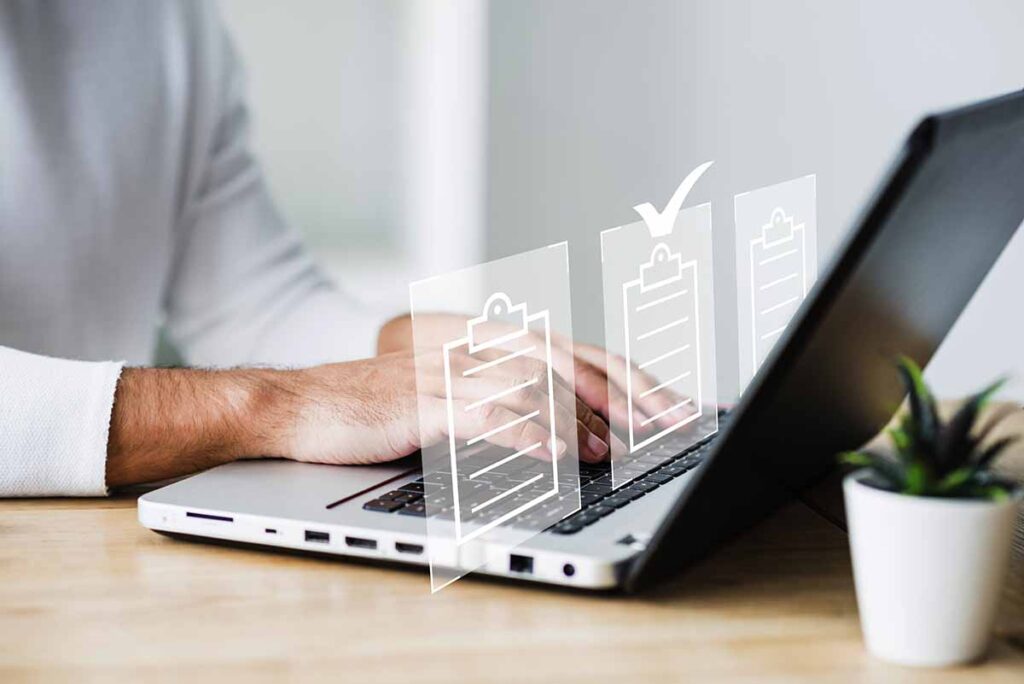Looking for a new hotel software to manage your spa and other revenue streams? A checklist of what to look for in spa & ancillary revenue management software.
Choosing between the many software options out there can be an intimidating prospect. There are so many elements to consider while making your selection. Then, once you’ve made your choice, you might have to sell that decision to your superiors and stakeholders.
Start with knowing what you’re looking for in a spa and ancillary revenue management software and, if you already have a software system in place, why you’re thinking of switching.
Use this checklist of 27 elements to look for in a software to simplify the evaluation process.
27 items to looks for in a spa & ancillary revenue management software
Robust & easy to read reporting dashboards – Reporting dashboards should offer a comprehensive array of metrics and key performance indicators (KPIs), presented in a visually intuitive manner that provides users with valuable insights at a glance. This capability empowers businesses to make quick and efficient data-driven decisions, facilitating continuous improvement and informed choices.
Real time reporting – Real-time reporting allows you to make moment-to-moment decisions that impact your business. Real-time reporting provides the ability to make immediate, data-driven decisions while helping businesses respond rapidly to changing customer needs, optimize inventory management, and maximize revenue by keeping services and products available when and where they are in demand. Service and product availability in real time is a game changer.
Inventory management – Inventory tracking and automatic adjusting of stock levels keeps you informed of when you need to order new stock and allows you to track which products are not selling, so you never run out of something your customers want or overstock something they are not buying. Effective inventory management should also offer predictive insights and help businesses anticipate demand shifts, optimize purchasing decisions, and allocate resources more efficiently, ensuring that they consistently meet customer demands while minimizing wastage and excess inventory costs.
Turn-away tracking – Spas lose about 15% of business from turning away customers. Knowing the reasons you had to turn people away is the first step to recouping those losses. Turn-away tracking should provide detailed insights into the reasons behind customer rejections, allowing spas to implement targeted strategies to reduce turn-aways, optimize resource allocation, and potentially recapture a significant portion of the lost business.
Scalability – Can your software solution grow with your company? Is it easy to add more users with specific permission levels? Or does this require onsite server adjustments and unnecessary costs? An ideal software solution should offer scalability that aligns with your company’s growth. It should allow for the easy addition of users with customizable permission levels without the need for complex onsite server adjustments or incurring unnecessary costs, ensuring that your software can adapt seamlessly as your business expands.
Data safety, durability & availability – “Durability” refers to protecting your data against events like server failures and “availability” refers to the ability to access your data on demand. These are important concerns for your business. Robust data safety measures should include encryption protocols, redundancy in data storage, and disaster recovery plans to safeguard against unexpected events and minimize downtime. Regular maintenance and monitoring of software servers are essential to ensure data durability and availability, providing peace of mind for your business’s critical data needs.
24/7 Customer support – You can’t afford to wait when there is an issue with your software, as this can disrupt operations and the customer experience. Your software’s CS team MUST be there for you when you need them. Responsive 24/7 customer support should not only be available in times of crisis but should also provide proactive assistance, including regular check-ins and updates to ensure that your software continues to meet your evolving needs and performs at its best, maintaining seamless operations and exceptional customer experiences.
Ease of use – An easy-to-use software interface makes all the difference to a business. Both staff and customers must be able to use your software without difficulty – it should even be a pleasure! Intuitive software should include user-friendly training and support resources, ensuring that staff and customers can maximize benefits with ease and confidence, ultimately enhancing their overall satisfaction and productivity.
Contactless experiences – Many customers these days want to have as little contact with people as possible and it’s important to offer contactless experiences that cater to these guests’ preferences. This includes implementing touchless check-in for spa appointments, contactless payment options for ancillary services, and the ability for guests to access amenities and make reservations through online or mobile, ensuring a safe and convenient experience that aligns with their desire for reduced in-person interactions.
Digital intake forms – Digital intake forms, part of the contactless experience, save time and minimize crowding in waiting areas during busy times. Digital intake forms should be easily accessible through a secure online portal, allowing guests to complete them at their own pace and from the comfort of their own devices. This enhances the contactless experience while ensuring efficient collection of information is collected efficiently, improving guest flow, and reducing administrative burdens on staff during peak periods. It’s also a sustainable solution that cuts down on paper waste.
Gift card sales – Software should facilitate the sale and redemption of gift cards, enhancing revenue streams and customer retention. Digital gift cards save time and effort over handwritten ones and are easy for customers to send. The software should offer a user-friendly interface for purchasing and redeeming gift cards, making it convenient for both customers and staff. Additionally, features like automated balance tracking and the ability to send digital gift cards via email or mobile apps can further enhance the gift card sales process, increasing revenue and customer satisfaction.
Robust integrations – Seamless integration with a hotel or resort’s other tools and systems, such as property management systems, payment processors, and accounting software for streamlined operations is essential. These integrations should not only enhance operational efficiency but also provide data synchronization and real-time insights, enabling better decision-making, accurate financial reporting, and a seamless guest experience throughout the entire stay, from booking to checkout.
Yield management – Dynamic pricing strategies based on demand, seasonality, and customer behavior to maximize revenue is a must have for your spa, cabanas, and other ancillary revenue services. An effective yield management system should provide real-time analytics and reporting capabilities, allowing you to make data-driven decisions and quickly adjust pricing strategies to optimize revenue generation across your spa, cabanas, and other ancillary revenue services, ensuring you capitalize on every revenue opportunity.
Customization – A software should be flexible enough to tailor to your specific business needs, including custom features and workflows. The ability to easily adapt and customize the software to evolving business requirements ensures that it remains a valuable asset over time, accommodating changes in industry trends and your unique operational needs without the constraints of rigid, one-size-fits-all solutions.
Customer Relationship Management (CRM) – A comprehensive CRM system to track customer interactions, preferences, and history, enabling personalized service and marketing allows you to create better guest experiences and elevate your brand. The CRM system helps spa and hospitality businesses build lasting relationships with guests by facilitating targeted communication, loyalty programs, and special offers based on individual preferences and past interactions, ultimately fostering guest loyalty and driving repeat bookings.
Spa & hospitality experience – Don’t try to fit a square peg into a round hole. In the spa and hospitality industry, software features should be finely tuned to meet the unique needs of the sector, with streamlined appointment scheduling, efficient activity booking, comprehensive staff management tools, and robust customer purchase and preference tracking capabilities. Tailoring these features to the industry’s specific requirements ensures that the software enhances the overall guest experience, aligning with the industry’s focus on relaxation and customer satisfaction.
Marketing capabilities – Tools for executing and tracking marketing campaigns, including email marketing, social media integration, and promotional tools should make your marketing a breeze. Customer NPS surveys help collect feedback and encourage positive online reviews. An integrated customer relationship management (CRM) system we can help businesses segment their audience, personalize marketing efforts, and measure campaign effectiveness, ensuring that your marketing efforts are not only efficient but also targeted and data-driven, resulting in better customer engagement and brand growth.
Online & mobile booking – Allowing customers to book appointments or services online or through a mobile app for convenience and accessibility is no longer negotiable. The system should offer real-time availability updates, confirmations, and reminders, streamlining the booking process and reducing no-shows, ultimately enhancing the overall customer experience and optimizing appointment scheduling efficiency.
Multi-location information sharing – For enterprise businesses with multiple locations, software that facilitates the sharing of data and resources across these ensures consistency, efficiency, and helps you provide service excellence. The software should offer robust access controls and permissions, allowing organizations to define who can access and modify data, ensuring data security and compliance while promoting collaborative information sharing across multiple locations.
Automatic updates – The software should regularly update itself with the latest features and security patches to ensure optimal performance and protection. These automatic updates should be user-friendly and seamlessly integrated into the software, minimizing disruptions to the user experience.
Listens to customer needs & suggestions – A system that evolves based on user feedback, demonstrating a commitment to continuous improvement and customer satisfaction benefits everyone. Actively engaging with customers through surveys, feedback channels, and open communication fosters a strong sense of partnership and helps tailor the system to their evolving needs and preferences.
Memberships – Your system should help manage membership programs, allowing for recurring revenue and enhanced customer loyalty. An effective membership management system should provide detailed analytics and reporting capabilities, enabling businesses to track membership growth, retention, and the effectiveness of loyalty programs, informing strategic decisions and optimizing revenue streams.
Loyalty programs – Managing loyalty programs to reward repeat customers, encouraging retention and increased spending is essential. Loyalty programs should offer customizable rewards and incentives, enabling businesses to create personalized experiences that resonate with their unique customer base, ultimately fostering long-lasting brand loyalty and customer satisfaction.
This completed checklist provides a comprehensive framework for evaluating software options, particularly for businesses in the spa and hospitality sectors.
Image by Freepik


